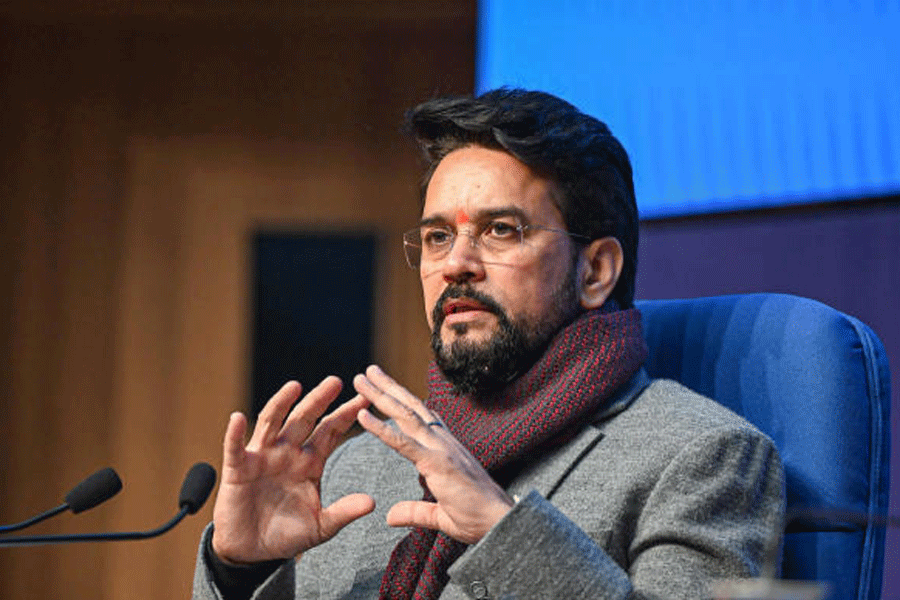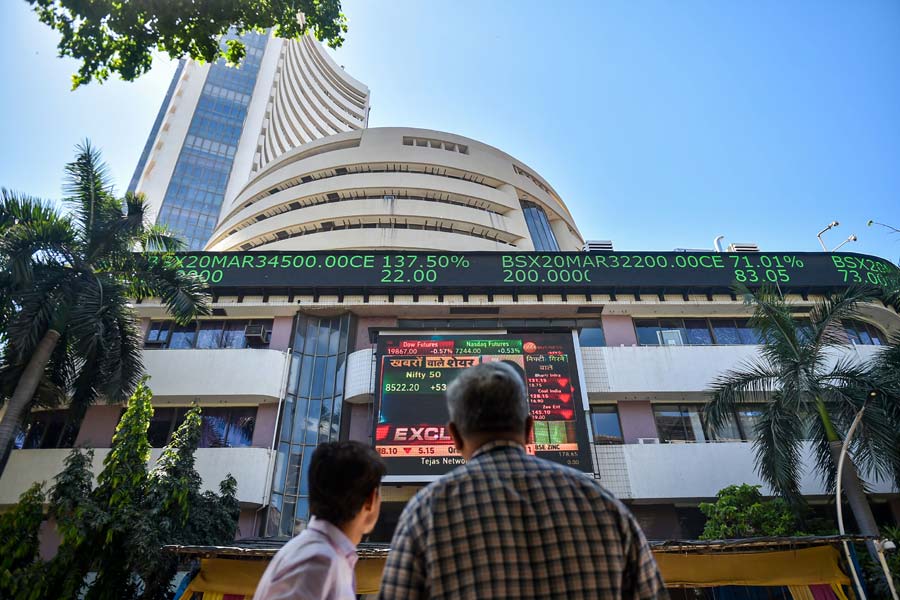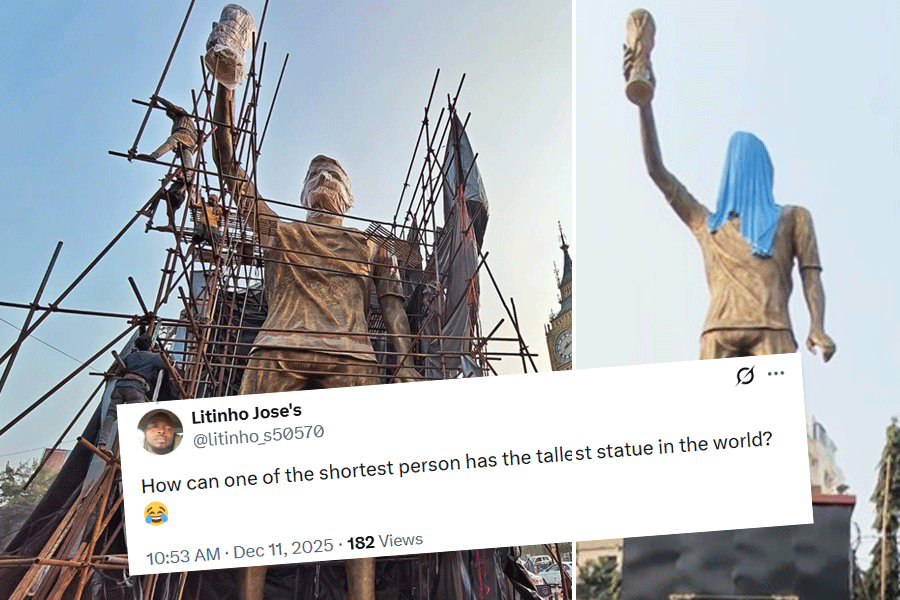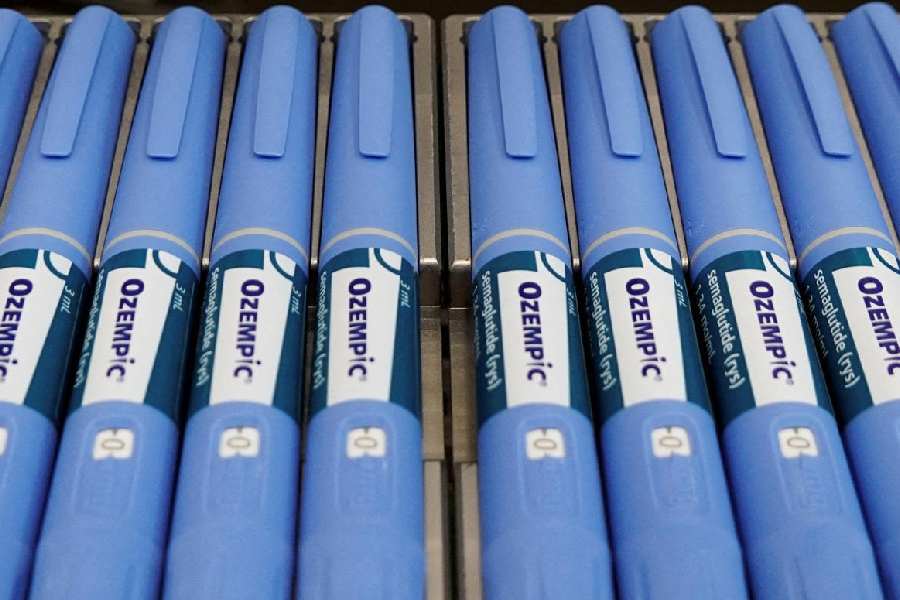.jpg)
Let me begin with a hypothetical calculation for which I should first prepare the ground. Production occurs through the application of labour to a stock of means of production consisting of equipment, buildings and raw material. The stock of raw materials gets used up quickly, in fact several times in a given year, while machines last several years and buildings even longer. At any point of time, however, there is always a stock of means of production which is counted as the country's capital stock.
The ratio of this capital stock existing at the start of any year to the output during the year would of course vary from year to year, depending on the demand conditions (which may cause a curtailment of industrial or service sector output), or on weather (which affects agricultural output); but on average, assuming 'normal' output fluctuations, a ratio of between 4 and 5 to 1 would not be too far off the mark. This is certainly what the ratio of increments in capital stock to increments in output in India have been of late. Let us, for concreteness, take 4.5:1 as the correct figure, which incidentally holds for cross-country data.
The term 'wealth' is used in a wider sense than 'capital stock', which is why the ratio of 'wealth' to output is likely to exceed 4.5:1. There are two reasons for its doing so. First, a painting by Husain, for instance, constitutes wealth but not capital stock; it would constitute capital stock if the joy of looking at it, which is the 'service' it provides, was included in the estimate of gross domestic product; but since it is not, the painting, and other similar assets, are not counted as capital stock. The ratio of wealth to output would exceed 4.5:1 for this reason. Secondly, the figure 4.5:1 is obtained by comparing real capital stock to real output. But the value of claims on capital stock, such as equities and bonds, is subject to speculation and in India of late their current price has been much higher relative to the current price of output. We shall not be exaggerating, therefore, if we take the ratio of wealth to output, both at current prices, to be around 5:1.The imposition of a 1 percent tax on wealth, therefore, will yield a revenue that is around 5 per cent of the GDP.
Now, Credit Suisse periodically brings out the distribution of wealth among the population for a number of countries; and according to its recent report the top 1 per cent of India's population owns close to 60 per cent of the wealth of the entire population. Since a part of the country's wealth is owned by the public sector, we can on a conservative basis say that the top 1 per cent of the population owns roughly half the total wealth of the country as a whole. It would follow that a 1 per cent wealth tax on the top 1 per cent of the population will fetch around half of 5 per cent, that is, 2.5 per cent of the GDP as tax revenue.
The ratio of public health expenditure in India to the GDP (taking the Centre and the states together) is about 1.3 per cent. If the proceeds of the 1 per cent wealth tax on the top 1 per cent of the population is spent entirely on healthcare and hence added to this 1.3 per cent, then the total public health expenditure as a proportion of GDP will be 3.8 per cent.
An expert committee set up by the Planning Commission under the chairmanship of K. Srinath Reddy had suggested in 2011 that for universal health coverage, which was defined as "ensuring equitable access for all Indian citizens... to affordable, accountable, appropriate health services... as well as public health services addressing the wider determinants of health... with the government being the guarantor and enabler", the share of public health expenditure should be raised from 1.2 per cent of GDP at the time to 3 per cent of GDP by 2022 when the UHC vision was to be fully realized.
Even though the UHC proposed by the expert committee visualized a complete elimination of all user fees by 2022, since India spends around 4.5 per cent of GDP on healthcare, taking public and private spending together, a certain amount of private out-of-pocket expenditure was to still remain by 2022. But if a 1 per cent wealth tax could be imposed on the top 1 per cent of the population, then the resulting revenue, together with employers' contributions in the case of salaried employees, would make healthcare free for all Indian citizens (with opting out of the system being an individual's choice). The country can in short have a free healthcare system for all citizens if only a 1 per cent wealth tax can be imposed on the top 1 per cent of the population.
The fact that seven decades after Independence we have no public healthcare worth the name, and whatever we have is being progressively whittled down, is a shame and abomination. Indeed, it is ironic that public healthcare expenditure as a proportion of GDP, which the Srinath Reddy report had wanted raised from 1.2 per cent in 2011 to 2.5 per cent in 2017 and 3 per cent in 2022, continues to languish at 1.3 per cent even today.
But the abomination does not end there. It is equally a matter of shame that India has no wealth tax worth the name, and that too at a time when the concentration of wealth is increasing phenomenally in the country, even faster than in advanced capitalist countries.
A wealth tax incidentally is in complete conformity with any ideology of capitalism that cares to provide a justification for the acquisition of wealth in private hands. Such justification usually suggests that those acquiring wealth are deserving persons because of some special qualities they possess, such as, for instance, their 'innovativeness'. By the same token, however, the progeny of those who have amassed wealth, unless they too show similar special qualities, like 'innovativeness', should not deserve such wealth. It is important for the progeny, in other words, to earn their own wealth, and therefore be deserving of it, rather than simply inheriting wealth. And if wealth inheritance is unjustified, then a wealth tax that takes away the wealth of a person at his death is justified even by the logic of the image that capitalism projects for itself.
And, of course, if one steps out of the logic of capitalism, then a wealth tax that ensures a modicum of equality in society is seen to be necessary for the very viability of democracy, not just by socialist writers but even by social democratic ones like Thomas Piketty and the late Tony Atkinson. The fact that in India we do not have a wealth tax worth the name is a travesty of the constitutional premise upon which our nation is founded.
This double abomination, namely the absence of a wealth tax worth the name on the one hand, and the absence of any public healthcare worth the name on the other, could be removed at one stroke if even a 1 per cent wealth tax could be imposed on the top 1 per cent of the population.
The author is Professor Emeritus, Centre for Economic Studies, Jawaharlal Nehru University, New Delhi

.jpg)








